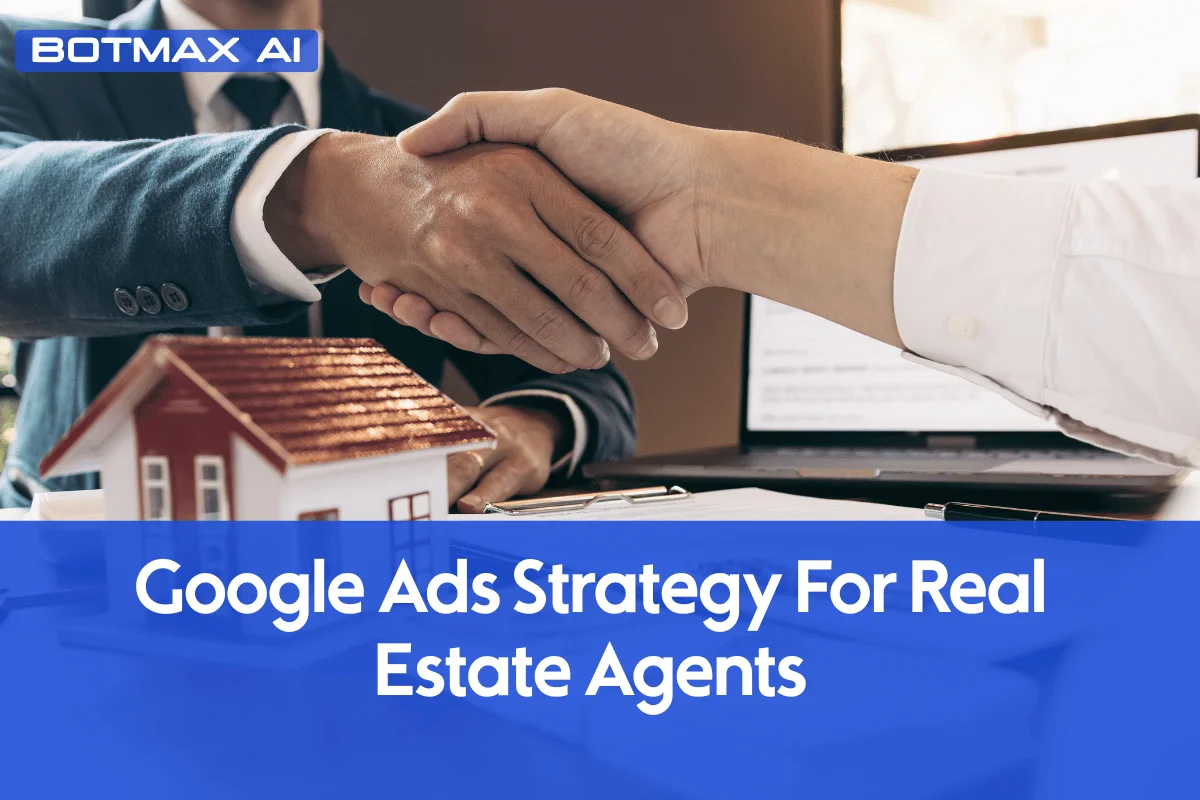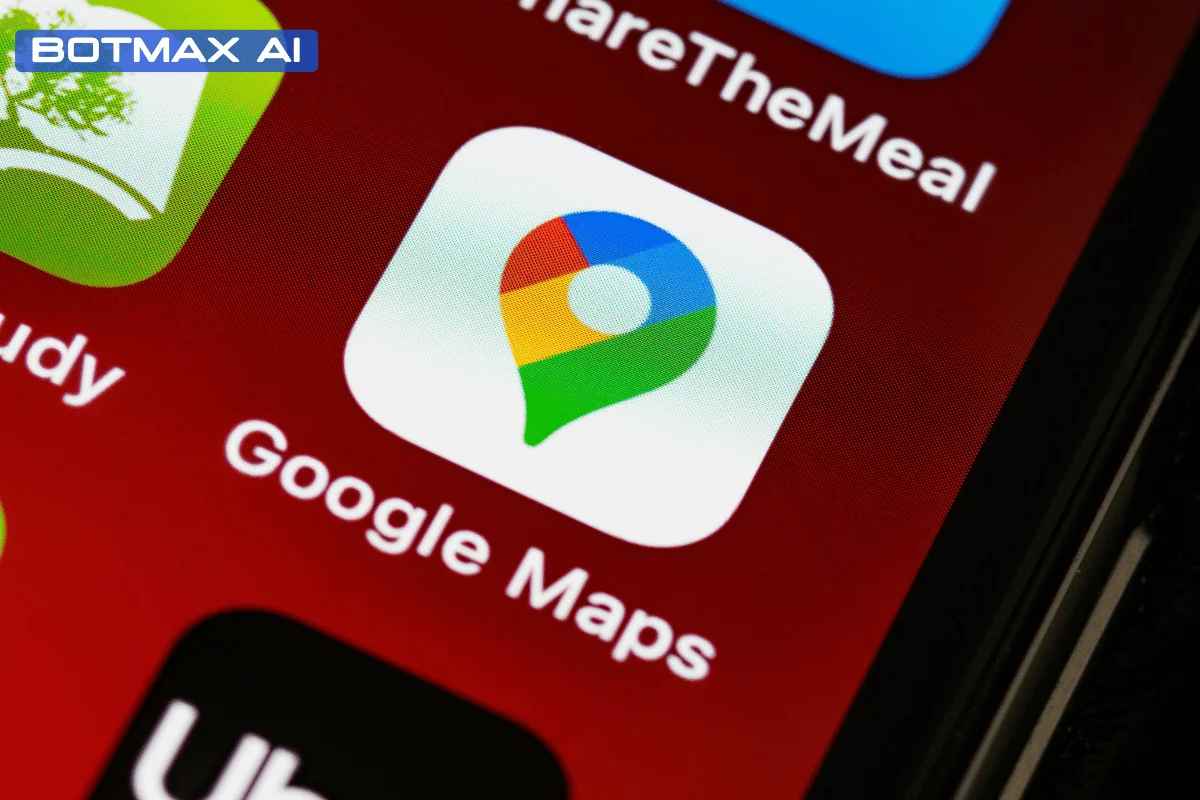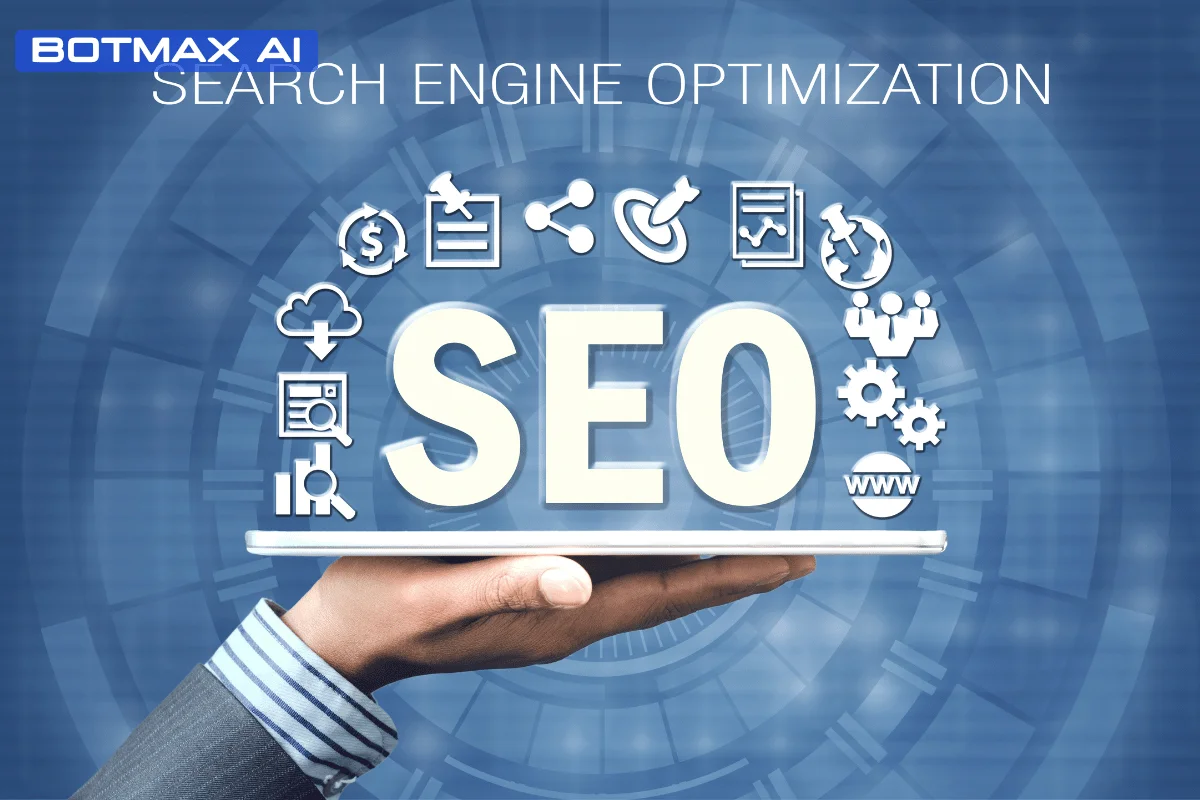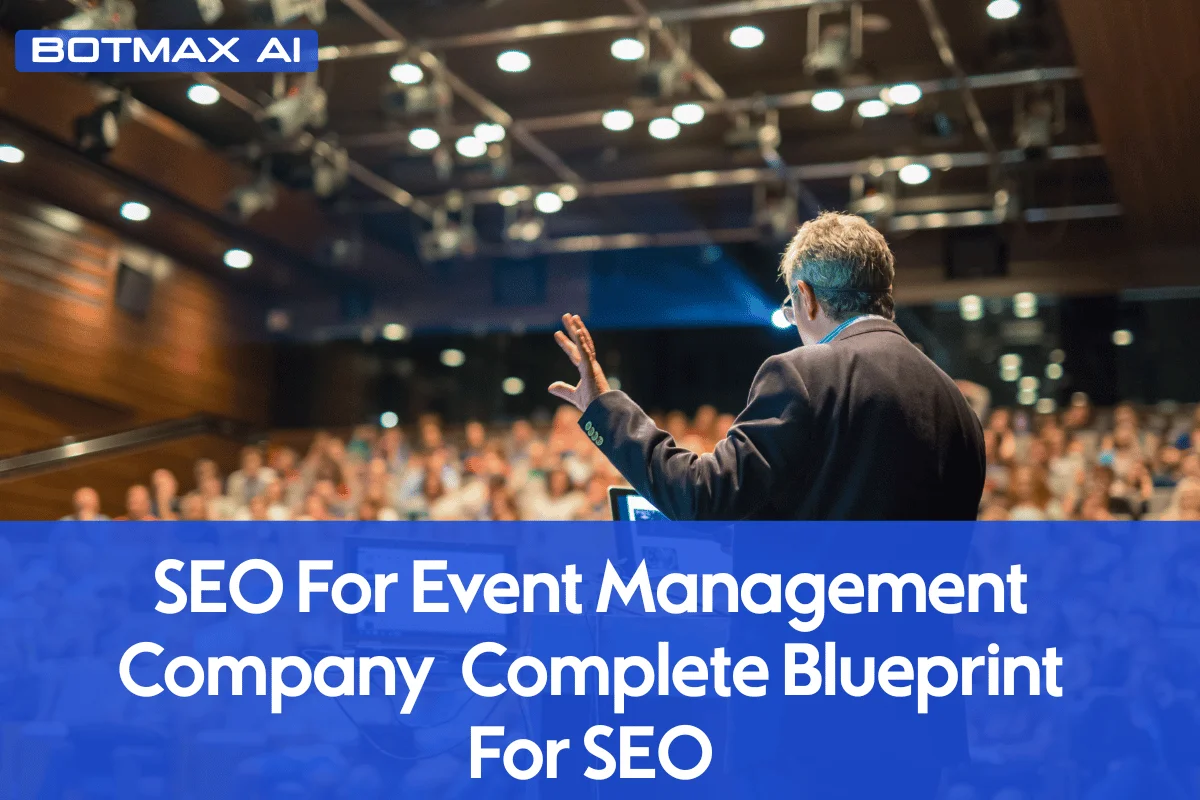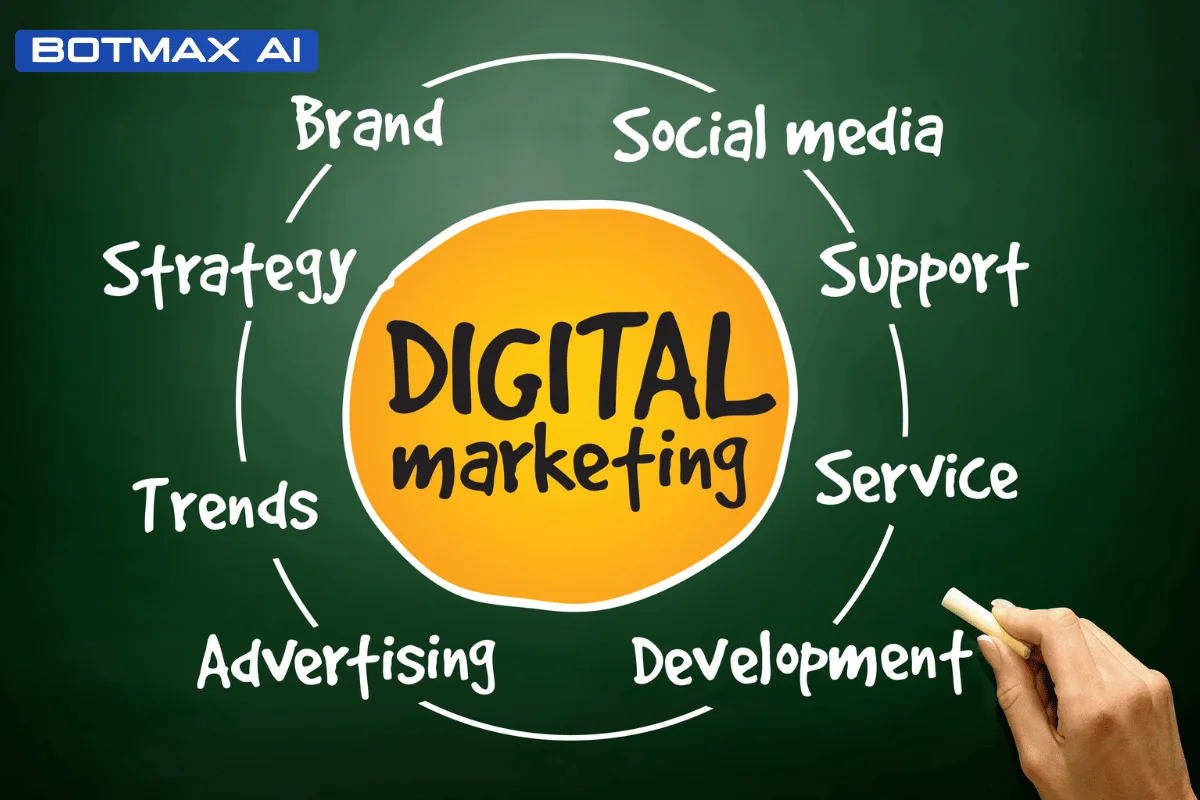
So, You Want to Know What Digital Marketing Is? Let’s Uncomplicate It.
Hey there! Let’s talk.
Chances are, you’ve already experienced digital marketing at least a dozen times today.
That Instagram ad for the cool sneakers that seemed to read your mind? That was digital marketing. The email from Zomato this morning reminding you about their breakfast deals? That’s digital marketing. The top result on Google when you searched for the “best biryani in Lucknow”? Yep, that too.
The term “Digital Marketing” gets thrown around a lot. It can sound big, intimidating, and overly technical, like something only tech gurus in hoodies can understand. But I promise you, it’s not.
At its heart, digital marketing is just connecting with people through the internet to tell them about something cool.
That’s it. It’s the modern version of putting up a poster, handing out a pamphlet, or running a TV commercial. The goal is the same as it has been for centuries: to reach potential customers and start a conversation. The only thing that’s changed is where that conversation happens.
In this guide, we’re going to break it all down. No confusing jargon, no overly complex theories. Just a simple, friendly chat about what digital marketing is, why it matters so much in 2025, and how all the different pieces fit together.
Ready? Let’s dive in.
Chapter 1: The Old Way vs. The New Way (Traditional vs. Digital)
Imagine you just opened a fantastic new café in Hazratganj, Lucknow. You want to get the word out.
The Traditional Marketing Playbook: You might take out an ad in the local newspaper. You could print a few thousand colourful flyers and have someone hand them out. Maybe you’d even pay for a giant billboard at the main crossing, hoping thousands of people see it as they drive by.
This is traditional marketing. You’re basically shouting your message out to a large, general audience and hoping the right people hear it.
There are a few problems with this:
- It’s Expensive: That billboard costs a lot!
- It’s Hard to Target: Your flyer might be handed to a hundred people who don’t even drink coffee. The billboard is seen by everyone, from college students to senior citizens, whether they’re your target audience or not.
- It’s a Guessing Game: How many people actually read your newspaper ad and decided to visit? You have no real way of knowing. You just pay the money and hope for the best.
Now, let’s use the Digital Marketing Playbook for your café:
Instead of a billboard, you use online tools. You’re not just shouting into the void; you’re having precise, targeted conversations.
This is the fundamental difference. Traditional marketing is a monologue. Digital marketing is a dialogue.
Chapter 2: Why Everyone’s Obsessed with Digital Marketing (The Big Benefits)
So why has this “new way” taken over? Because it solves all the problems of the old way.
1. You Can Reach People Where They Actually Are. Let’s be honest. Where are your eyes for a good portion of the day? On a screen. Your phone, your laptop, your tablet. We live our lives online. Digital marketing simply meets people where they are already spending their time. That billboard at the crossing is trying to get 3 seconds of attention from a driver; a good Instagram post can get 30 seconds of engaged attention from a potential customer.
2. You Can Talk to Your Exact Audience. This is the superpower of digital marketing. With traditional marketing, you show your ad to everyone. With digital, you can be incredibly specific.
For your café in Hazratganj, you could run a Facebook or Instagram ad that is only shown to:
- People between the ages of 18 and 35.
- Who live within a 5-kilometre radius of your café.
- And have shown an interest in things like “coffee,” “Starbucks,” or “Café Coffee Day.”
See how powerful that is? You’re no longer wasting money showing your ad to people who aren’t interested. You’re talking directly to your ideal customer.
3. It’s Budget-Friendly and Scalable. You don’t need a massive budget to start with digital marketing. You can start a Facebook ad campaign for as little as ₹100 a day. You can build a social media presence for free. As you see what works, you can choose to invest more. You have complete control over your spending.
4. You Can See Exactly What’s Working (and What Isn’t). This is the part that business owners love. Digital marketing is measurable.
- Instead of guessing how many people saw your ad, you know the exact number of impressions.
- You know exactly how many people clicked on your ad.
- You can track how many people who clicked the ad ended up visiting your website or looking up your location.
- You can see which ad design or which message got a better response.
There’s no more guesswork. You have data. This allows you to stop doing what isn’t working and do more of what is, making your marketing smarter and more efficient over time.
Chapter 3: The Digital Marketing Toolkit (The Different Types, Explained Simply)
Okay, so you’re sold on the “why.” But what is digital marketing actually made of? It’s not just one thing; it’s a collection of different tools and strategies. Think of it like a mechanic’s toolkit. You use a different tool for a different job.
Let’s open up the toolkit and look at the main ones.
1. Search Engine Optimization (SEO): The Helpful Librarian
- What it is: SEO is the art and science of making your website more attractive to search engines like Google.
- Think of it this way: Imagine Google is a giant library, and a user is looking for a book on “how to bake a chocolate cake.” The librarian (Google) wants to recommend the absolute best, most relevant, and most trustworthy book on that topic. SEO is the process of making sure your “book” (your webpage or blog post) is the one the librarian recommends first, on the top shelf. And the best part? This recommendation is free.
- Real-World Example: A yoga studio in Indiranagar, Lucknow, wants to get more students. Through SEO, they work on their website to make sure that when someone searches “yoga classes in Indiranagar,” their studio’s website appears as one of the top results on Google—not the paid ads, but the organic, trusted results.
2. Search Engine Marketing (SEM/PPC): The VIP Pass
- What it is: SEM involves paying search engines to place your ads at the top of the search results for specific keywords. The most common type is Pay-Per-Click (PPC), where you only pay when someone actually clicks on your ad.
- Think of it this way: If SEO is about earning the librarian’s top recommendation for free over time, SEM/PPC is like paying for a “VIP Pass” that lets you place your book right at the front desk, in a special display case. You get immediate visibility, but you have to pay for the placement.
- Real-World Example: That same yoga studio is new and wants students now. While they work on their long-term SEO, they can run a Google Ad. So, when someone searches “yoga classes in Indiranagar,” their ad appears at the very top of the page with a little “Ad” label next to it. They pay Google a small amount every time a potential student clicks that ad.
3. Social Media Marketing (SMM): The Community Builder
- What it is: This is the use of social media platforms like Instagram, Facebook, X (formerly Twitter), and LinkedIn to build a brand, connect with an audience, and drive traffic or sales.
- Think of it this way: SMM is like being a great host at a party. You don’t just stand in the corner shouting “Buy my stuff!” You mingle, you tell interesting stories, you share cool pictures, you listen to others, and you engage in conversations. You build a community around your brand, so people get to know, like, and trust you.
- Real-World Example: Our café in Hazratganj posts beautiful, high-quality photos of their latte art, delicious-looking pastries, and the cozy ambiance of their space on Instagram. They run a poll asking followers what new sandwich they should introduce. They share a customer’s post and thank them. They’re building a community of local coffee lovers.
4. Content Marketing: The Expert Teacher
- What it is: Content marketing is about creating and sharing valuable, relevant, and consistent free content to attract and retain a clearly defined audience. It’s not about directly selling, but about educating and helping.
- Think of it this way: Imagine you sell high-quality running shoes. Instead of just running ads that say “Buy our shoes!”, you create a blog or a YouTube channel. You create content like “5 Exercises to Prevent Shin Splints,” “A Beginner’s Guide to Training for a 5K,” or “How to Choose the Right Running Shoe for Your Foot Type.” You become a trusted resource for runners. When it’s time for them to buy new shoes, who do you think they’ll trust and buy from? The company that just shouted at them, or the one that has been helping them for months?
- Real-World Example: An event management company in Lucknow wants to attract clients planning weddings. They write a blog post titled, “The Top 10 Most Beautiful Wedding Venues in Lucknow.” This helpful article attracts people who are in the early stages of planning a wedding, positioning the company as a knowledgeable expert.
5. Email Marketing: The Personal Conversation
- What it is: This involves building a list of email subscribers and sending them valuable content, updates, and offers directly to their inbox.
- Think of it this way: This is NOT spam. Spam is getting an email you never asked for. Good email marketing is like getting a personal letter from a brand you like. You willingly gave them your email address (maybe to get a discount or download a guide), and in return, they send you things you’re actually interested in. It’s one of the most direct and personal forms of digital marketing.
- Real-World Example: An online clothing store asks for your email in exchange for a “15% off your first order” coupon. Now that you’re on their list, they send you an email once a week showcasing their new arrivals, style tips, and exclusive subscriber-only discounts.
Chapter 4: Let’s See It in Action – A Simple Case Study
Let’s bring this all together. Imagine a new online store called “Lucknowi Threads” that sells authentic Chikankari kurtas. How would they use the digital marketing toolkit?
- The Foundation (Website): They build a beautiful, easy-to-use e-commerce website.
- Content Marketing & SEO: They start a blog on their website. They write an article titled “How to Care for Your Chikankari Garments.” They optimize their product pages with keywords like “buy lucknowi chikankari kurta online.” Over a few months, Google starts showing their website when people search for these terms (that’s SEO).
- Social Media Marketing: They create an Instagram page and post stunning photos and videos of their kurtas being worn by models in beautiful locations around Lucknow (like the Rumi Darwaza). They engage with followers who love ethnic wear.
- SEM/PPC: To get initial sales quickly, they run a Google Ad targeting people searching for “buy chikankari online.” This brings immediate traffic to their site while their SEO is building up.
- Email Marketing: They add a pop-up on their website that says, “Get 10% Off Your First Order! Join our email list.” When someone signs up, they get the discount code and are added to the list. Lucknowi Threads then sends them emails about new designs and special festival offers.
See how it all works together? Each tool has a different job, but they all work in harmony to build the business and connect with customers.
Chapter 5: Is This a Good Career to Get Into? (A Look at 2025 and Beyond)
You might be reading this not just out of curiosity, but because you’re wondering if digital marketing is a good career path.
The short answer is: Absolutely.
Every single business, from the largest corporation to the smallest local shop, needs to be online today. And most business owners don’t have the time or expertise to manage all the tools we just discussed. They need skilled people to help them.
The demand for digital marketing professionals is huge and continues to grow. You can choose to be a:
- Specialist: Becoming an expert in one area, like an SEO Specialist or a Social Media Manager.
- Generalist: Understanding all the different areas and managing the overall digital strategy for a company.
The best part is that it’s a field where your skills matter more than your degree. You can learn through online courses, certifications, and by simply starting your own project (like a blog or an Instagram page) to practice.
Final Thoughts: It’s All About Connection
At the end of the day, don’t let the fancy terms fool you. Digital marketing is simply about using the incredible tools of the internet to do what good businesses have always done: connect with people, understand their needs, and offer them a solution.
It’s a dynamic, creative, and constantly evolving field that sits at the intersection of technology and human psychology. It’s about storytelling, data analysis, and building communities.
So, the next time you see that perfectly targeted ad or that helpful blog post, you’ll know exactly what it is. It’s not magic. It’s just a conversation, happening in the right place, at the right time. And now, you’re in on the secret.
